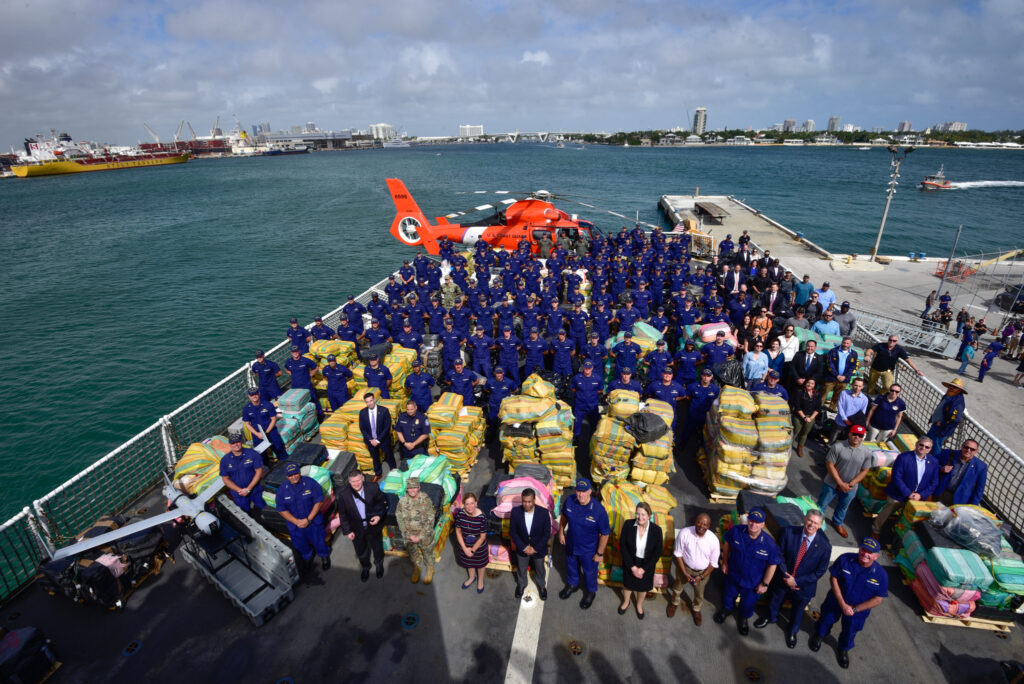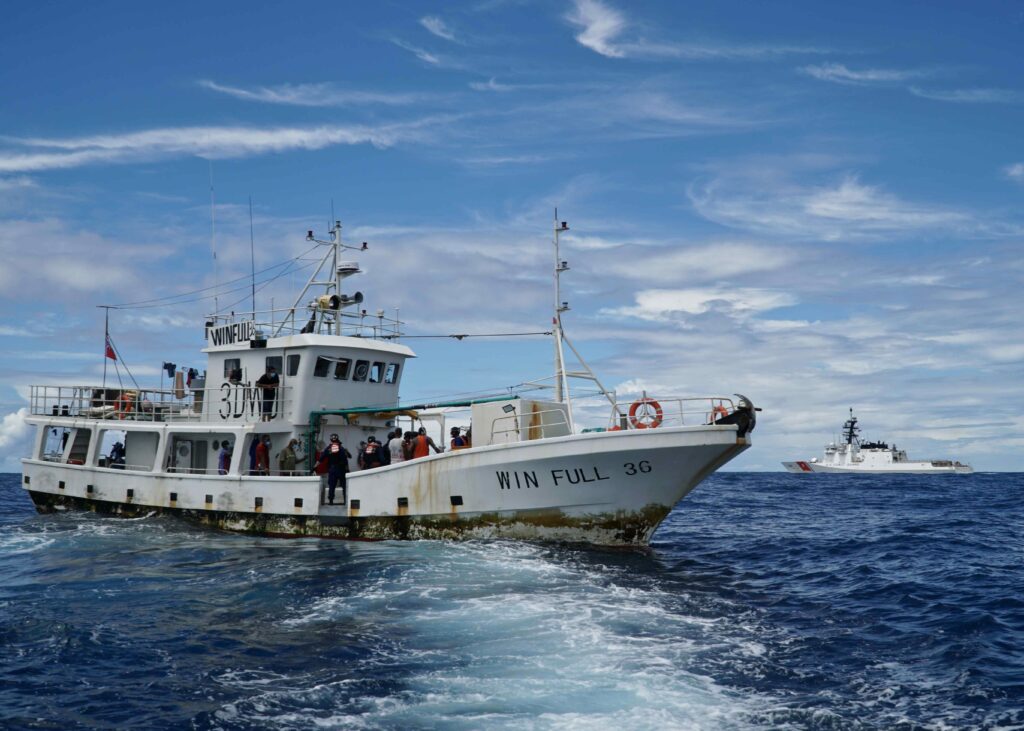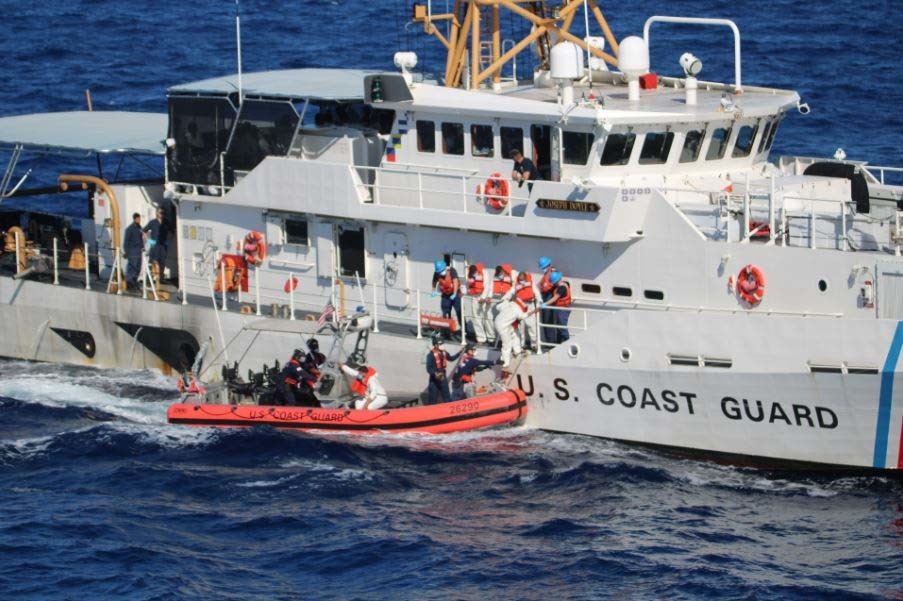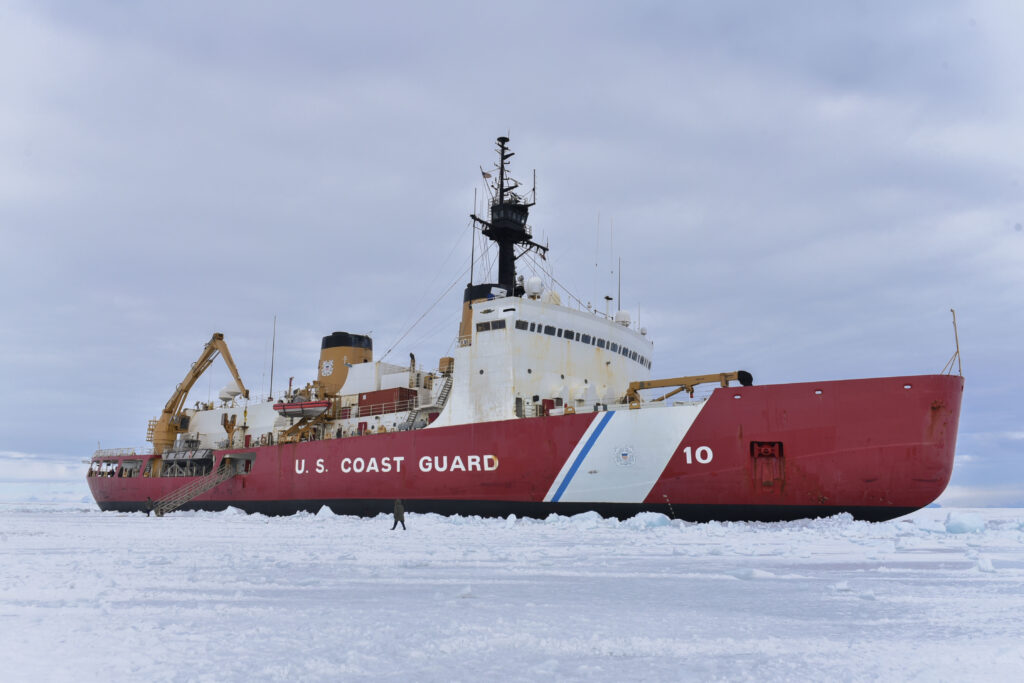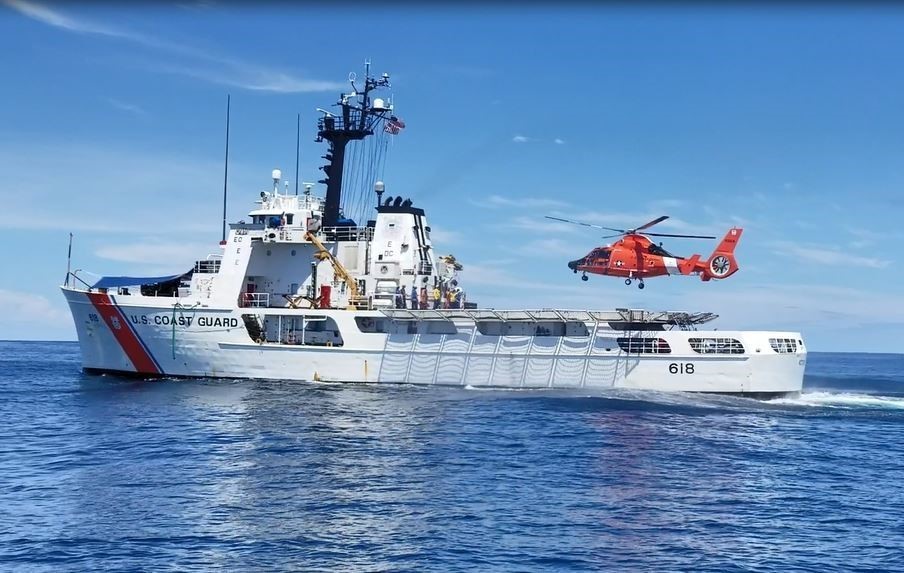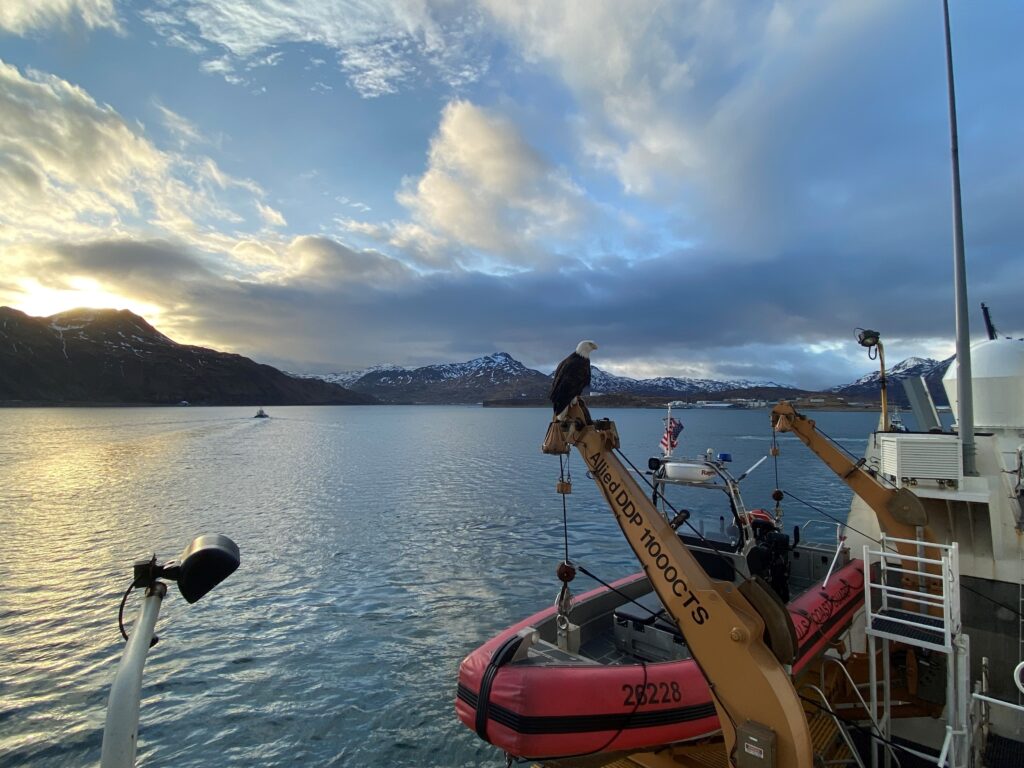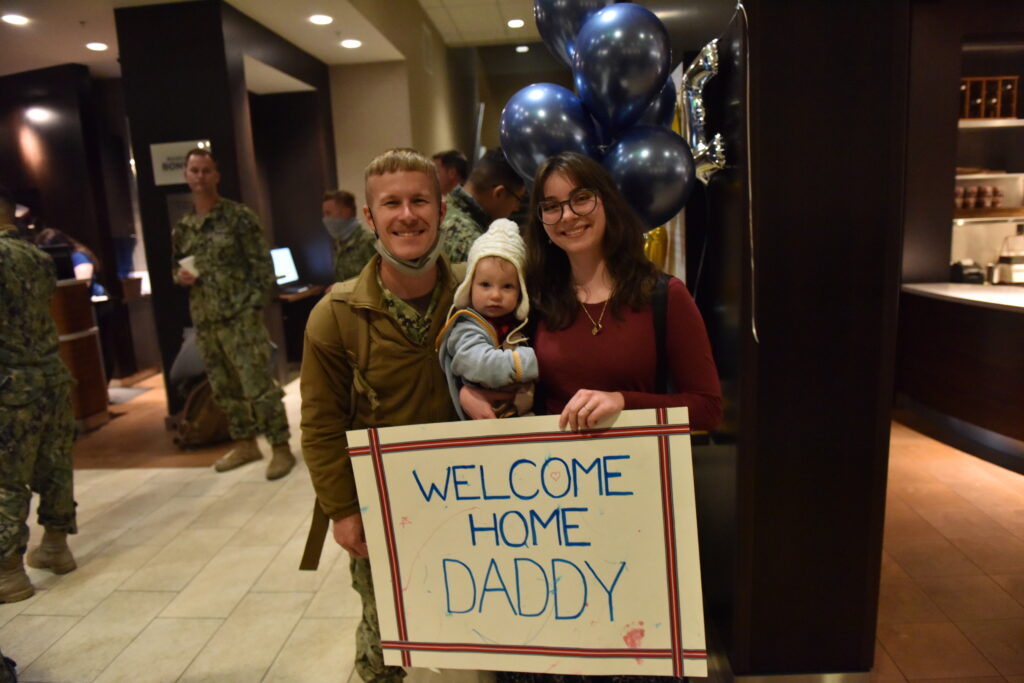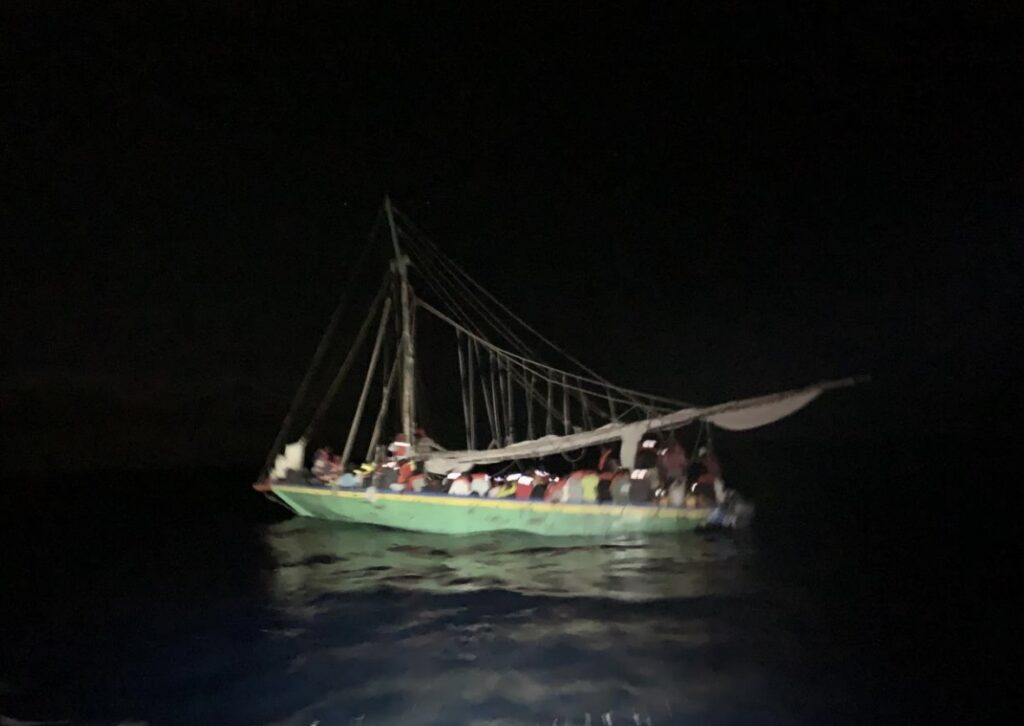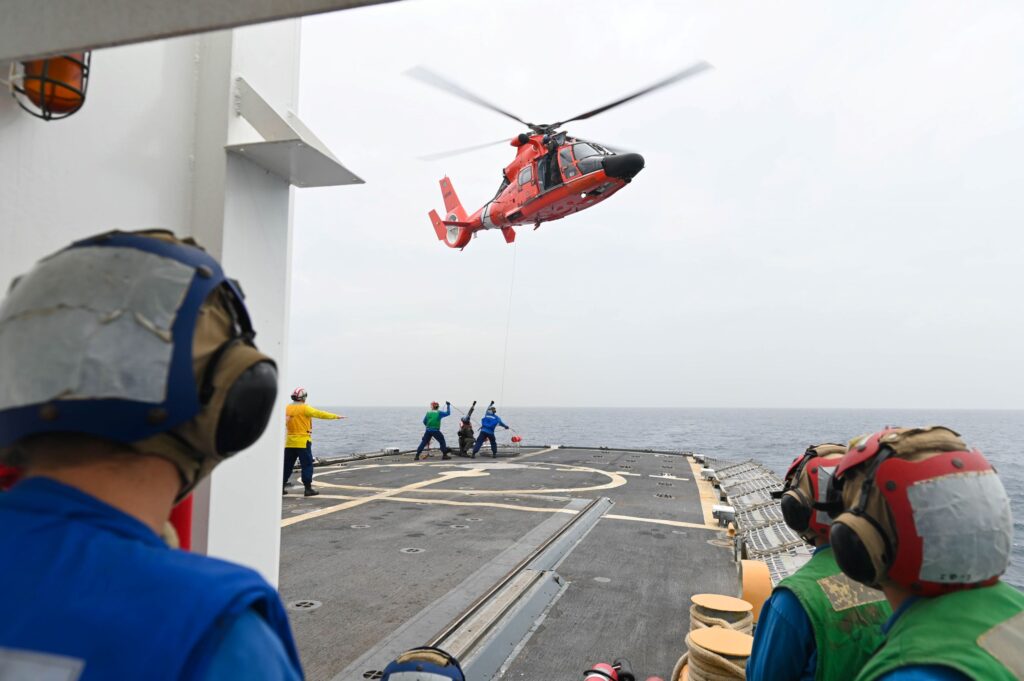USCGC Reliance Returns to Homeport Following 52-day Patrol
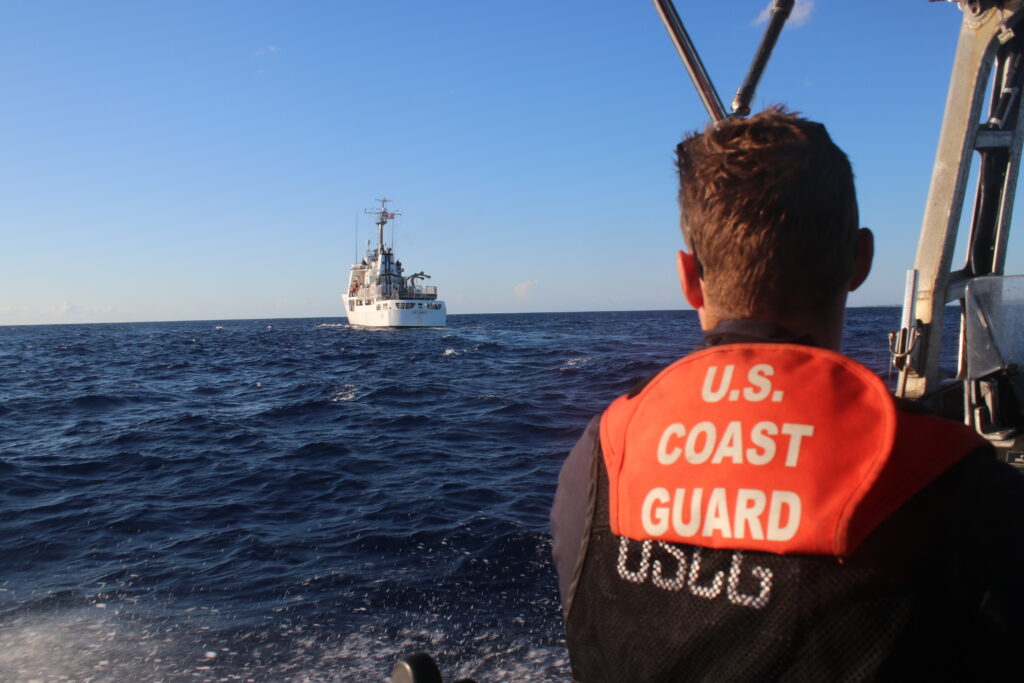
PENSACOLA, Fla. — The crew of the Coast Guard Cutter Reliance (WMEC-615) returned to homeport in Pensacola, Florida, Feb. 18, following a 52-day patrol in the Caribbean Sea in support of the Coast Guard 7th District.
The Reliance crew supported the U.S. Coast Guard 7th District throughout their patrol, aiding in missions to interdict and disrupt the flow of illegal drugs and migrant trafficking while supporting national security and strengthening relationships with regional partners throughout the Caribbean.
During the patrol, the crew traveled over approximately 8,631 miles, assisted in the transference of more than 12,564 pounds of narcotics with an estimated combined street value of $250 million and intercepted 157 undocumented migrants. The cutter’s crew also transferred eight suspected narcotics smugglers from other U.S. Coast Guard cutters operating in the region.
Working jointly with the crew of U.S. Coast Guard Cutter Kathleen Moore (WPC-1109), the Reliance’s crew also rescued 191 Haitian nationals from an unseaworthy vessel off the coast of Cuba.
The patrol was critical in enhancing operational readiness through shipboard training and qualifications, resulting in the successful completion of a five day major shipboard inspection and exercise, which tested the crew’s readiness in all aspects of aviation training, equipment and capabilities.
The Reliance is a 210-foot medium-endurance cutter homeported in Pensacola with a crew of 74 personnel. The cutter’s primary missions include counter drug operations, migrant interdiction, enforcing federal fishery laws and search and rescue in support of U.S. Coast Guard operations throughout the Western Hemisphere.
